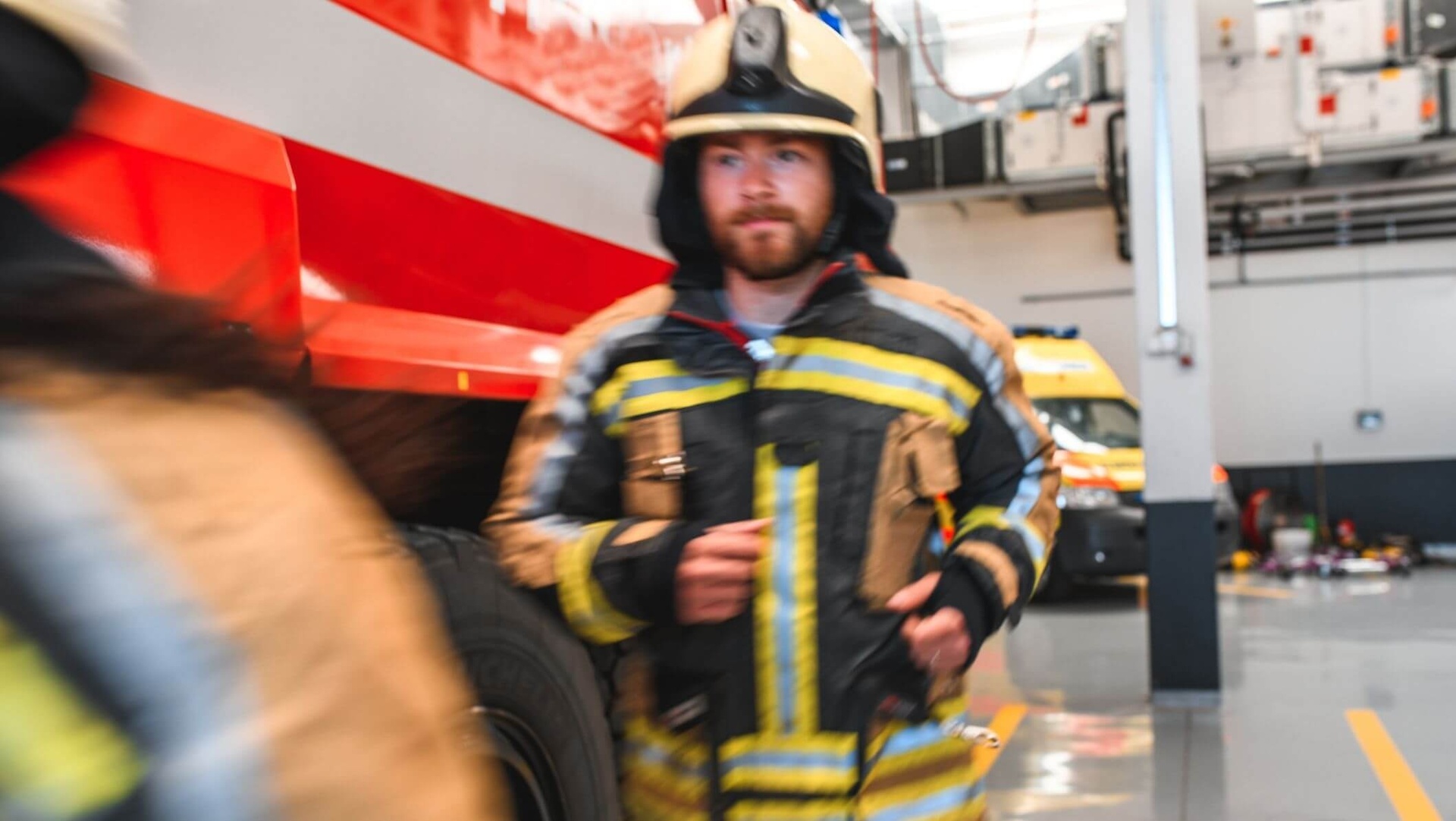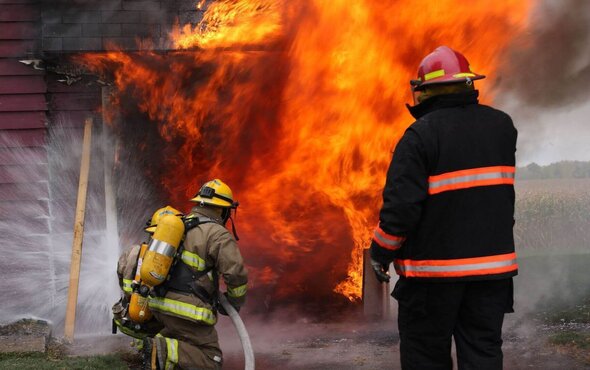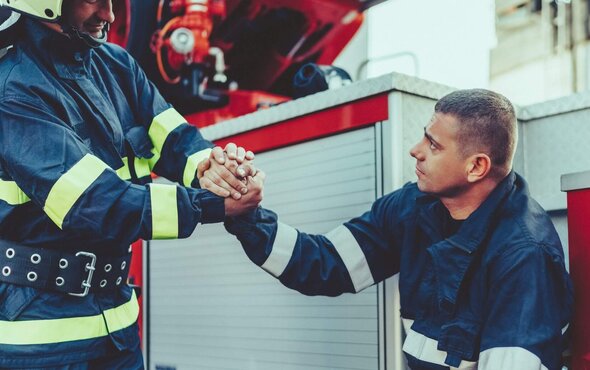How are firefighters exposed to carcinogens? Whether it is a forest fire, house fire, bin fire, barn fire or garage fire – smoke always contains toxic substances. Polycyclic aromatic hydrocarbons (PAHs) are created during incomplete combustion and can cause cancer in humans. They can be found in their gas forms in hot smoke, condensed or bonded to objects. All of these forms are present at the scene of a fire.

An awareness of the danger of combustion residues is an important factor in successful operational hygiene.
Construction materials like asbestos and mineral rock wool pose an additional threat to firefighters. Toxic substances can enter the body via the airways, the skin or food. So how can firefighters ensure that their bodies absorb as few toxic substances as possible?
The basic rule is: ‘Enter an operation healthy and leave it healthy.’ To do this, certain actions have to be taken before the operation. This is where it is helpful to have a hygiene design. A design that accounts for the realities of your fire station and that is taught to everyone can make a key contribution to your colleagues' health.

The leadership must implement precautionary measures.
WHAT MUST HYGIENE DESIGN INCLUDE FOR FIRE SERVICES?
- Organisational and structural separation of clean and dirty areas at the fire station
- Handling of vehicles and equipment like PPE and respiratory protective equipment
- Cleaning and disinfection processes for PPE and other equipment
- Documentation of contamination
- Quality control on actions taken
Everyone must be familiar with the actions to be taken as part of the hygiene design. If higher ranking firefighters lead by example, the rest of the crew will accept the design more quickly, too.
HOW TOXIC SUBSTANCES ENTER THE HUMAN BODY
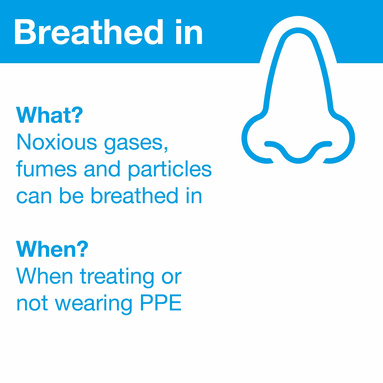
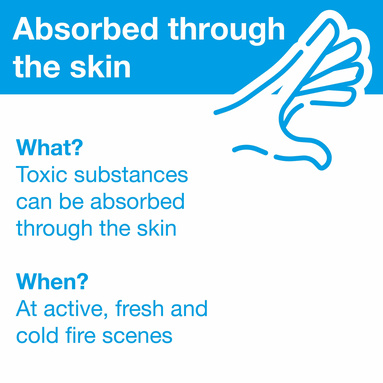
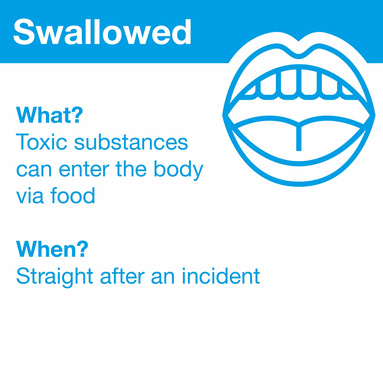
It is not only the site of combustion itself that harbours toxic substances. Back at the fire station, running motors can endanger firefighters' health. Diesel fumes are also carcinogenic. They can be removed from the appliance room using separation systems.
In part 2 of our series on ‘Operational hygiene’, we will be talking about how to avoid contamination on call-outs. In the final part, we will explain how to avoid contamination after a call-out. On this page, you will find firefighters' thoughts on the elevated cancer risk they face in their work. Do you have questions? Write to us at meikouk@meiko-uk.co.uk.
